Apple IIe (Apple //e)
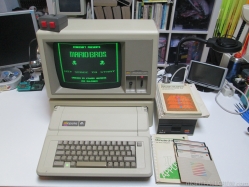
Autopsy:
from Wikipedia:
The Apple IIe (styled as Apple //e) is the third model in the Apple II series of personal computers produced by Apple Computer. The e in the name stands for enhanced, referring to the fact that several popular features were now built-in that were only available as upgrades and add-ons in earlier models. It also improved upon expandability and added a few new features, which, all combined, made it very attractive to first-time computer shoppers as a general-purpose machine. The Apple IIe has the distinction of being the longest-lived computer in Apple’s history, having been manufactured and sold for nearly 11 years with relatively few changes.
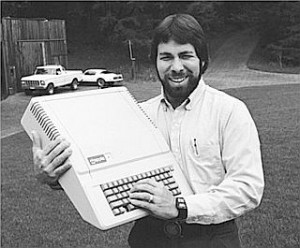 Apple had planned to retire the Apple II series after the introduction of the Apple III in 1980; after that machine turned out to be a disastrous failure, management decided the further continuation of the Apple II was in the company’s best interest. So after three and a half years at a stand-still, came the introduction of a new Apple II model — the Apple IIe (codenamed “Diana” and “Super II”). The Apple IIe was released in January 1983, the successor to the Apple II Plus. Some of the hardware and software features of the Apple III were borrowed in the design of the Apple IIe. The culmination of these changes led to increased sales and greater market share of both home and small business use.
Apple had planned to retire the Apple II series after the introduction of the Apple III in 1980; after that machine turned out to be a disastrous failure, management decided the further continuation of the Apple II was in the company’s best interest. So after three and a half years at a stand-still, came the introduction of a new Apple II model — the Apple IIe (codenamed “Diana” and “Super II”). The Apple IIe was released in January 1983, the successor to the Apple II Plus. Some of the hardware and software features of the Apple III were borrowed in the design of the Apple IIe. The culmination of these changes led to increased sales and greater market share of both home and small business use.
One of the most notable improvements of the Apple IIe is the addition of a full ASCII character set and keyboard. The most important addition is the ability to input and display lower-case letters. Other keyboard improvements include four-way cursor control and standard editing keys (Delete and Tab), two special Apple modifier keys (Open and Solid Apple), and a safe off-to-side relocation of the “Reset” key. The auto-repeat function (any key held down to repeat same character continuously) is now automatic, no longer requiring the “REPT” key (now gone) found on the previous model’s keyboard.
source: wikipedia















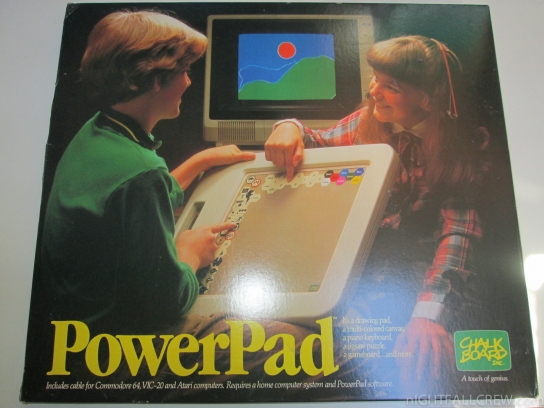















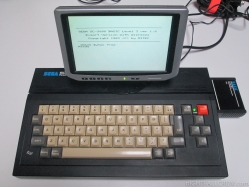

































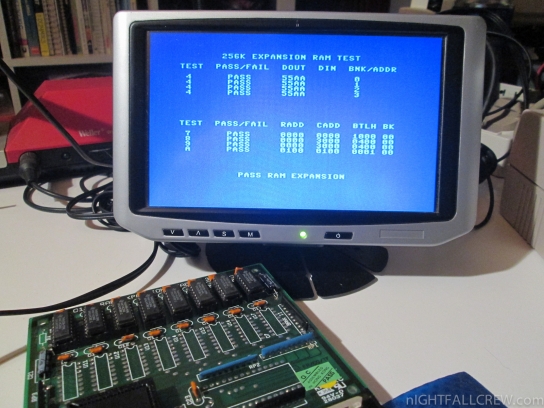
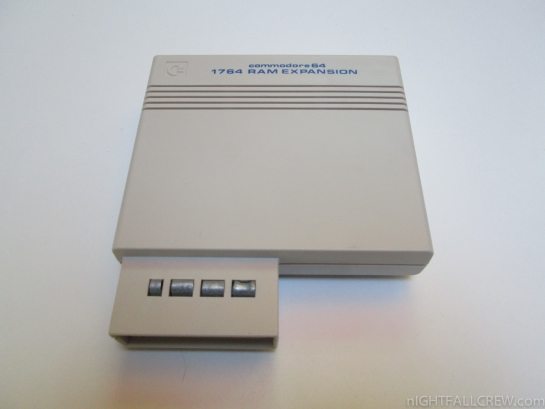














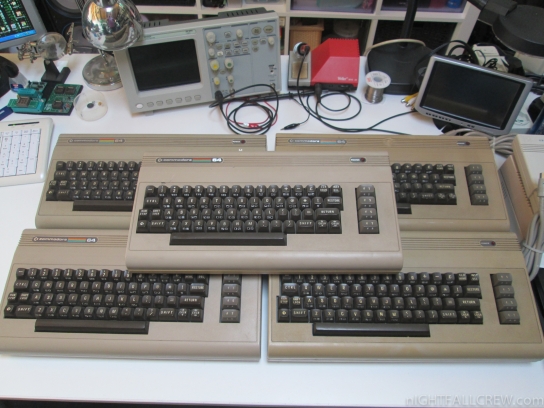






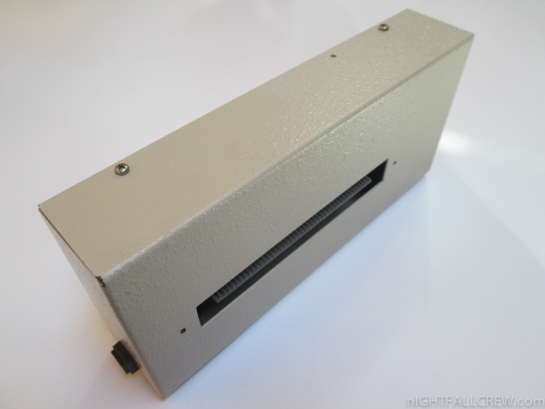




















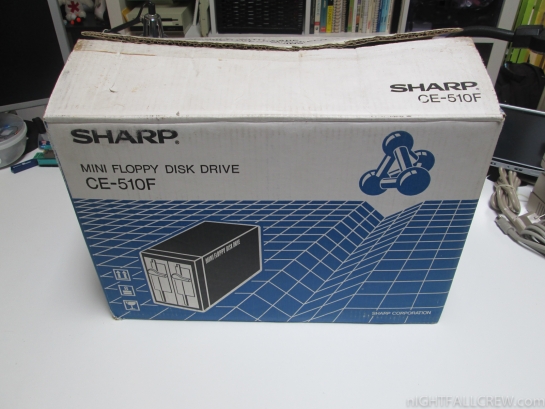















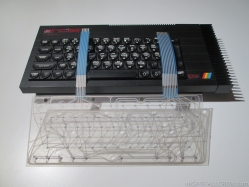





















Recent Comments